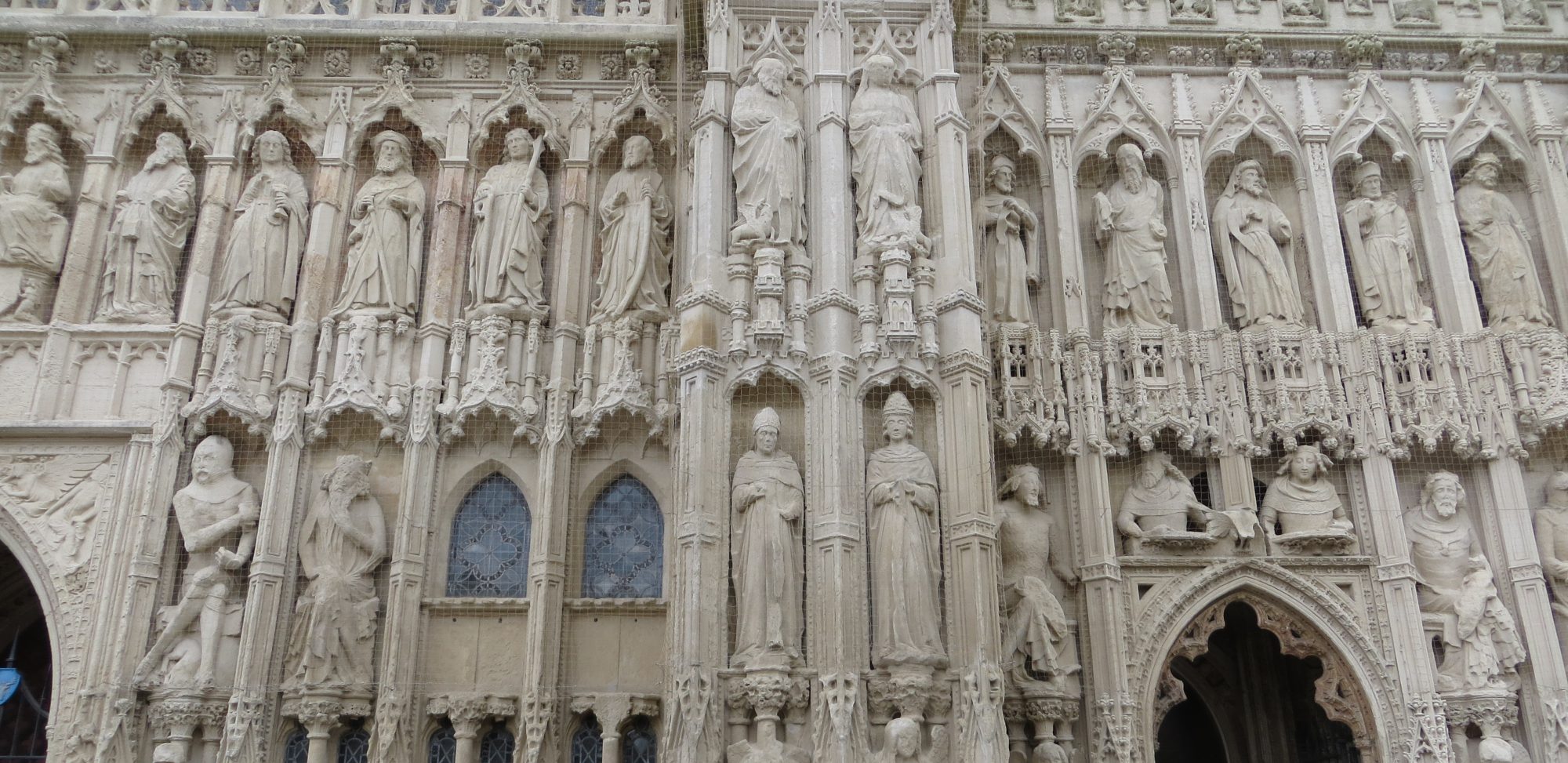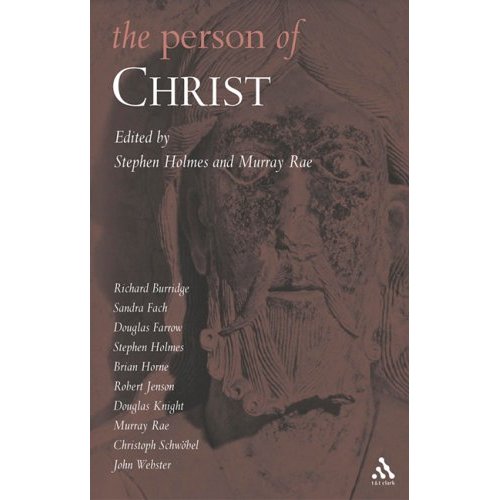Genesis 1 is a polemic, in fact, against the polytheistic creation-accounts of other cultures in Canaan, Mesopotamia and Egypt. Where the Babylonians and Assyrians celebrated the gods’ creation of the universe through the slaying of the sea monster Tiamat, Genesis sets ‘the great sea monsters’ in the fifth day of creation (1.21). They are God’s playthings, not pre-existent enemies. Similarly, many of those beings who would usually make up the council are reduced in Genesis 1 to the ranks of creatures, if not objects: the sun is a ‘greater light’, and the moon a ‘lesser light’.
But if the divine council has been disbanded, it has not had all its assets seized, and its members continue in new and surprising ways. The heavenly bodies may no longer be gods but they are thoroughly personal nonetheless, ‘ruling over’ the day and the night as local administrators within the cosmic kingdom.
This personal, conscious aspect of creation is also assumed in Genesis 1.11, 20 & 24, where three times God commands one part of creation to produce another. For example, he says: ‘Let the earth put forth vegetation: plants yielding seed, and fruit trees of every kind on earth that bear fruit with the seed in it.’ And so, says the author, it did.
Creation itself participates in the creative process. This brings us to a dramatically new understanding of verse 26. When God says, ‘Let us make humankind,’ he is speaking to the rest of his creation – to heaven and earth and all its adornment. Thus, when he proposes that humankind be made ‘in our image and according to our likeness’ there is present the claim that men and women are made in the image and likeness both of God and of the cosmos.
This is not, it should be said, a new idea – it is familiar to Jewish mysticism. Indeed, a pre-Christian tradition spread throughout medieval Europe which held that Adam was created as a microcosm of the universe, his physiology and essential faculties each corresponding to an aspect of the created order.
We frequently hear now the complaint that (Western) Christianity and modern secular culture cuts humankind off from the natural world. On the one hand, this has allowed us free rein in plundering creation. On the other, it has given rise to an increasing sense of isolation, for both modern man and 20th-century Christianity.
Genesis 1.26 calls humankind to be both a unique bearer of God’s image and presence and a priestly representative of the material world of vegetation, animals, sun, moon and stars.
Here, too, Man is unique, for ‘in him all things are to hold together’ (Colossians 1.17). The whole created world is to be gathered up in the true man and woman. And, because humankind is God’s image, it is ultimately through us that earth, sea, sky and all that is in them are to be taken up into God’s own life.
Crispin Fletcher-Louis at Third Way Genesis 1.26 & Ephesians 1.22
Try Greg Beale The Temple and the Church’s Mission: A Biblical Theology of the Temple for an accessible summary of Israel’s theological cosmology.

